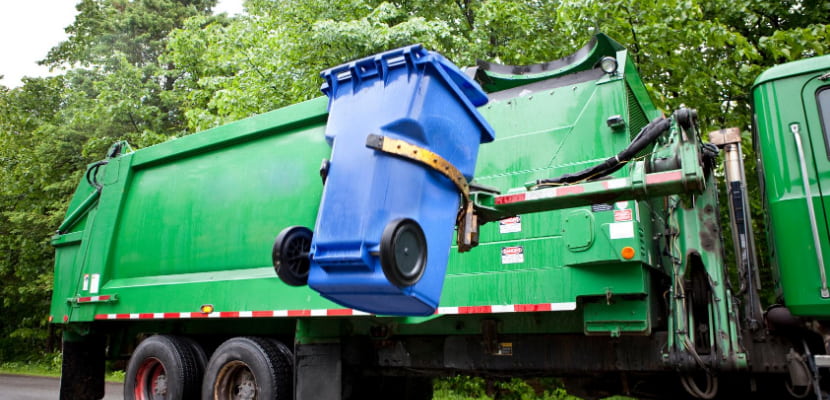The biggest hassle in driving for most of us is not the mind-numbing stop-and-go traffic of a morning commute or long road trips with the family but, rather, errand day. In and out of the car, multiple times, and envying the MINI Coopers that seem to be able to park anywhere, while your SUV lumbers around searching in vain for a spot big enough to maneuver in and out of without attracting door dings.
What if your errand day was every day and all day, and your car was four times the size of your SUV, and every 2½ minutes, you had to find a spot to park and get in and out of your car? That’s the life of a waste truck driver, whose job is so fraught with risk that it’s landed on the list of top 10 most dangerous professions, along with firefighter and construction worker.
“When you’re a waste driver, hazards are everywhere,” said Jim Rice, commercial leader, for Lytx®. “Parked cars, narrow roads and alleys, active roadways with other vehicles, and unpredictable pedestrians, all with tight schedules dictating your pace. These people work really hard and they need all the help they can get.”
Help, Rice says, comes when their challenges are addressed head on.
“Two big challenges for a waste driver are staying focused and aware to avoid these hazards, and being exonerated in the event of a false claim,” he said. Avoiding “struck-bys” – incidents of a waste driver or fellow collector being struck by moving machinery or a passing vehicle while on the job – is a top priority. Injuries related to these incidents can be fatal.
Reviewing driving behavior helps raise consciousness of surroundings
Reviewing driver behavior on a regular basis can help make drivers more conscious of what they’re doing moment to moment, and give them specific guidance on how to create new, safer driving behaviors.
For example, are they religiously checking mirrors before moving ahead? Are they buckling up on the way back to the depot after their daily rounds? Are they checking the location of co-workers before operating equipment?
Routine can be the enemy of awareness
“Waste companies may have strict no-phones/no-food policies to help drivers stay engaged with their surroundings, but many times, the folks back at the depot aren’t aware of non-compliance until an incident occurs and the drivers themselves may be so driven by routine, they may not be aware of what led to the incident,” said Rice.
Habits can be tough to break without something to interrupt the routine, like frequent coaching, with the objective of preventing driving incidents.
Exonerating the waste driver
Lytx data shows that waste drivers by far have more driving incidents than other drivers, moving in and out of active roadways hundreds of times a day, but when a collision occurs, Rice said, the waste driver’s not always to blame.
“Waste drivers are frequent targets of fraudulent claims,” he said. Distracted driving is rampant among residential drivers, but commercial drivers are often assumed at fault. Lytx’s waste and recycling clients rely on video from the Lytx DriveCam® event recorder, captured when an incident occurs, to provide a silent, objective witness account. Manually triggered video can also prove when access to a bin is locked, preventing waste collection.
The return on investment in leveraging video telematics for safety can be significant. Like any other market segment of commercial transportation, reducing risk for waste drivers means reducing corresponding collision and claims costs, putting, in some cases, millions of dollars back to the bottom line.
